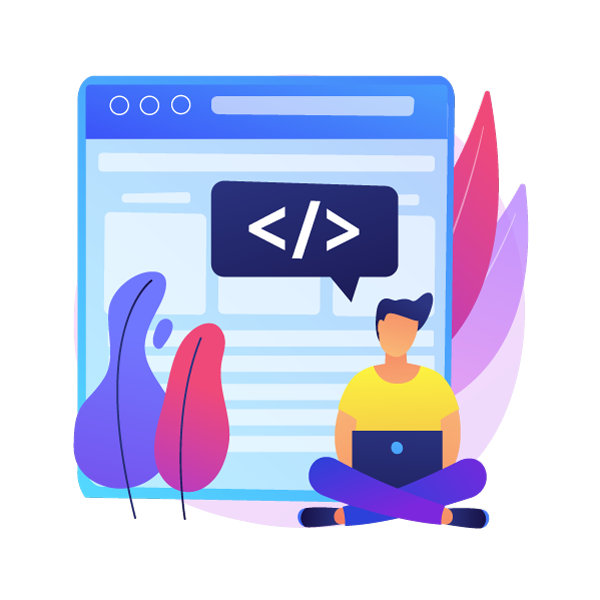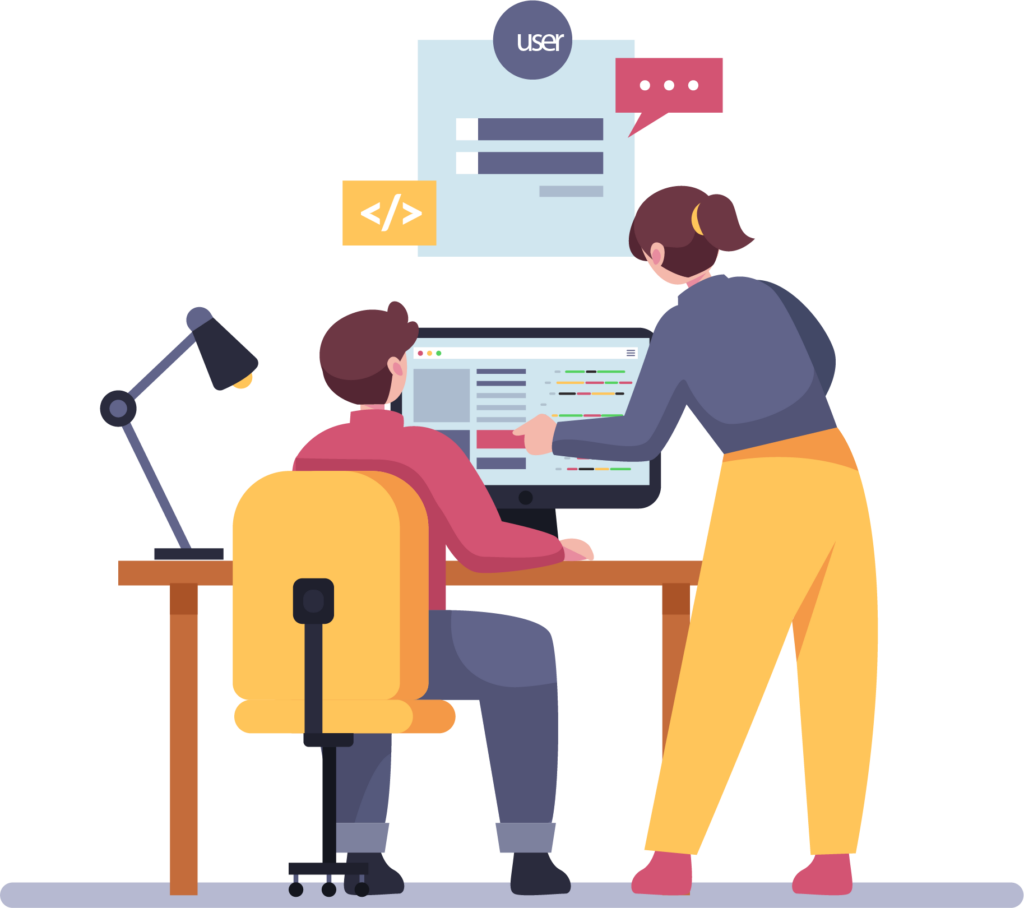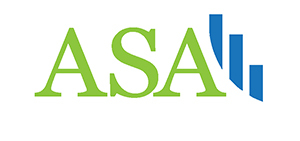Statistical Programming
Due to dramatic advances in hardware capabilities over the past few decades, users can now write and run computer programs that compute statistics from large quantities of data quickly on relatively inexpensive computers. As a result, this type of computational work—known as statistical programming—is far more accessible than at any time before. But there are other factors that have influenced this sense of accessibility in the field of statistical programming as well—open-source programming languages, such as Python and R, have also greatly improved accessibility.

This is good news for organizations looking to get into the statistical programming game; whether you are a tech-savvy firm with a sophisticated data practice already implemented, or if you are just starting out in the world of data, nearly every organization has something significant to gain from statistical programming, at a very low up-front cost.

Image by macrovector on Freepik
Why Statistical Programming?

There are three key advantages that statistical programming has over non-programmatic BI tools and Excel-like tools:
- Improved customizability: The improved customizability arises from the fact that programmatic solutions enable users to write their own bespoke programs. While Excel and PowerBI users are (for the most part) bound by the functions that are built into those programs, statistical programmers can customize as many different functions as they want. Many built-in libraries are available through programmatic options such as Python and R as well, but the user isn’t bound by these libraries.
- Scalability: Improved scalability is available in statistical programming through both speed and, at times, size. In terms of speed, programmatic solutions can do things in seconds which take minutes in Excel; in terms of size, Excel spreadsheets max out at 1,048,576 rows and 16,384 columns, which is much too small to handle the Big Data needs of today’s data driven needs (which often sees datasets hundreds of times larger than that).
- machine learning: And in terms of machine learning, there are countless built-in libraries in programmatic options; it is thus very rare—and vastly more difficult—to build a machine learning-based tool in Excel or PowerBI than it is using a programmatic option.
Tools for Statistical Programming
The statistical programming world—and the data world in general—is rapidly moving on from Excel to programmatic data tools for the reasons just mentioned. This can be an intimidating shift for those inexperienced in computer programming. But it doesn’t have to be; the programming languages used for statistical programming tend to be some of the most intuitive languages out there. They include
R – A statistical computing-specific language. As with Python, R is a free-to-use language with an extensive community support network. However, R is not a general-purpose language in that it is rarely used outside of the statistical computing field. R programmers almost always code using an open-source development environment called RStudio.
Python – a general-purpose programming language with an extremely extensive data-oriented library. There are several key advantages of Python over languages. First and foremost, Python is a general-purpose language, with countless use cases outside of statistical computing; as a result, Python-based statistical programming is easier to implement for organizations with a pre-existing Python-based tech stack, and easier to pick up for data newbies with Python programming experience in another field. Second, Python is an open-source language with lots of free community support available. Most Python statistical programmers write their code using a free development environment program called Jupyter, although many other open-source Python development options exist.
Stata – a command line-like statistical computing package. Those who studied social science in college are likely to have used Stata at some point, although it is rarely used outside of academia. Other downsides of Stata include that the support community is smaller and that it is payware (the business variant of Stata costs around $500 per user per year to use). However, Stata does have a small but loyal following.
JavaScript – a web development language used to create web-based statistical insights. Through JavaScript’s simple-statistics, jstat, HighCharts, libraries, among others, users can create advanced web-based statistical visualizations.

MATLAB – a matrix programming language with frequent application to statistical computing. MATLAB is especially popular in the hard science community, including statisticians, engineers, biostatisticians, physicists, etc. As with Python and R, MATLAB has an enormous support community, which is a great upside. However, MATLAB is a payware product; individual purchases of the product go for (at time of writing) an $860 annual subscription or a $2,150 one-time purchase. On top of that, MATLAB is generally considered a less-intuitive language to learn than Python or R.
SAS – an analytics software package with many use cases in addition to statistical computing; SAS even offers a dedicated statistical computing package called JMP. Again, the support community for SAS within the statistical computing field is much smaller than for R or Python, although SAS is highly popular within the pharmaceutical industry. Additionally, SAS is a subscription-based payware product, which many people see as a disadvantage.
SPSS – an IBM-administered statistical programming tool. As with Stata, SPSS is popular in academia, especially in the social sciences, but it is rare to see SPSS in business. SPSS also allows for integration with pre-existing R and Python libraries, although community support for SPSS is limited relative to R and Python. The main downside of SPSS is that it is the most expensive option on this list; the subscription model costs $99 per user per month, and a perpetual license can be well over $3,000.
Statistical Computing for your Organization
Boxplot can apply statistical computing to help your organization. Here are ways we can assist:

Helping you get started, and determine if statistical computing is the right tool for your needs. Applying state-of-the-art statistical computing methods to your data

Automating business intelligence tasks that normally would take hours to do manually with statistical computing

Supporting any existing data analysts or data scientist teams that you may have with overflow work
Our experts are well-versed in the field, with extensive experience. Contact us


